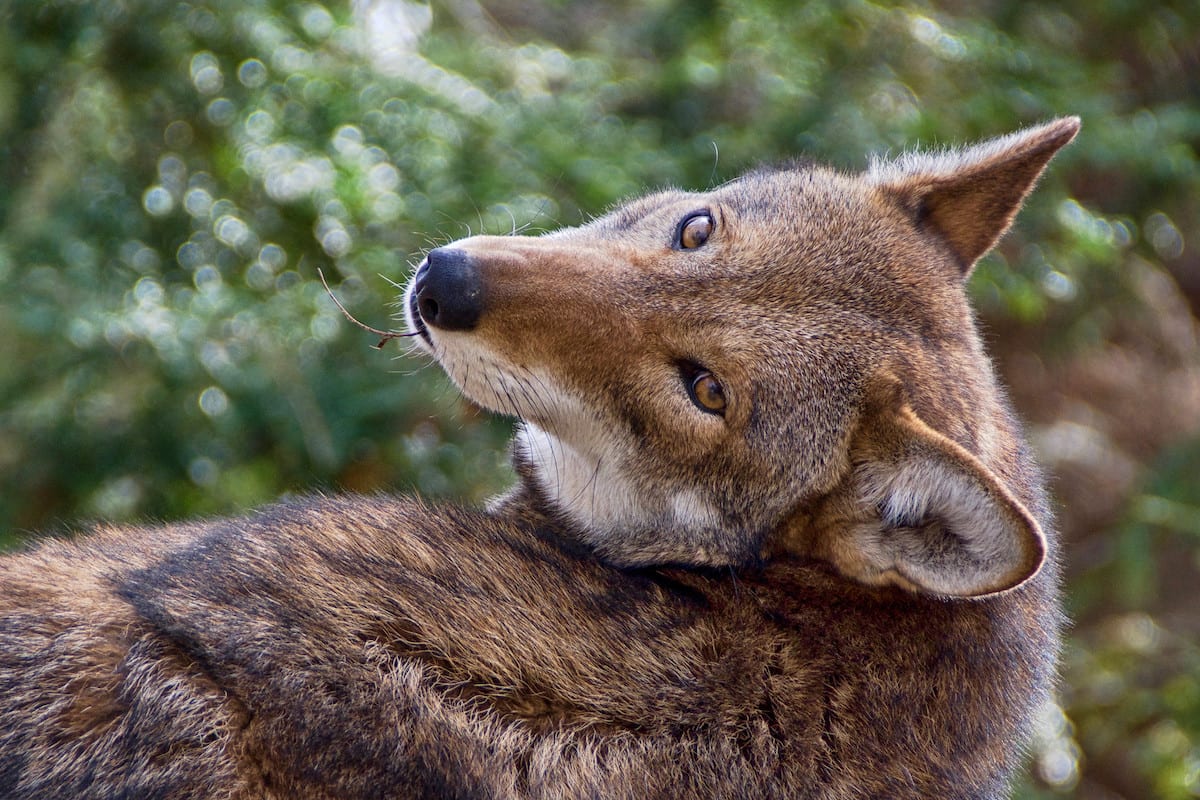The U.S. Fish and Wildlife Service must update its plan to save endangered red wolves. The decision is a result of a legal agreement reached on behalf of a lawsuit brought by the Center for Biological Diversity. Red wolves, native to the southeastern U.S., declined to only nine known wolves in the wild, living in eastern North Carolina
“With only nine wolves known to remain in the wild, the red wolf desperately needed this good news,” said Collette Adkins, carnivore conservation director at the Center for Biological Diversity. “The science shows that the red wolf can be saved, and I’m hopeful that a new recovery plan will put the species back on the road to recovery.”
The Center for Biological Diversity filed a lawsuit in 2019, challenging the failure of the FWS to revise its 1990 recovery plan for the red wolf. The FWS failed to follow through on its 2017 commitment to update the recovery plan by the end of 2018. The Endangered Species Act requires federal agencies to create and implement roadmaps, which serves as a roadmap for species recovery.
Red Wolves Can Recover
The agreement, approved on October 2 by a North Carolina federal court, requires the FWS to complete a final revised plan for red wolves by February 28, 2023. The Endangered Species Act requires that the agency prepare plans that serve as roadmaps to species recovery. The plan must identify measures to ensure conservation and survival, such as reintroductions. Recovery plans must include a description of site-specific management actions necessary for species recovery, measurable criteria that would result in the delisting of a species, and estimates of the time and costs required to achieve the plan’s goal.
About 20,000 square miles of public land in five states (Alabama, Arkansas, Florida, North Carolina, Virginia, and West Virginia) in the southeastern U.S. would work well to reintroduce red wolves, a 2019 report by the Center for Biological Diversity shows. The public land in the five states could support about 500 breeding pairs of red wolves. The report recommended that the FWS develop a new recovery plan for the red wolf. A new recovery plan is “critical to saving this species and fostering a future where they can survive and ultimately thrive,” according to the report.
The most endangered canid in the world
Red wolves once populated the southeastern U.S., roaming to Texas in the west, as far south as Florida, and up into the midwest. It has lost 99.7 percent of its historical range. The unlucky wolf species lost more of its historical range than any other large carnivore in the world. The International Union for Conservation of Nature classifies the red wolf as “critically endangered.” They are the world’s most endangered canid, according to Defenders of Wildlife.
The current dire status of the red wolf can be attributed to mismanagement, illegal killing, and hybridization with coyotes. The red wolves compete with coyotes for territory and often end up mating with them. Private landowners and livestock farmers often shoot them, mistaking them for coyotes.
Are you tired of environmental destruction?
Are you tired of critically endangered species like the red wolves only receiving adequate protection because of a court decision? Take action on November 3 and vote for the candidate most likely to enact beneficial environmental policies.


